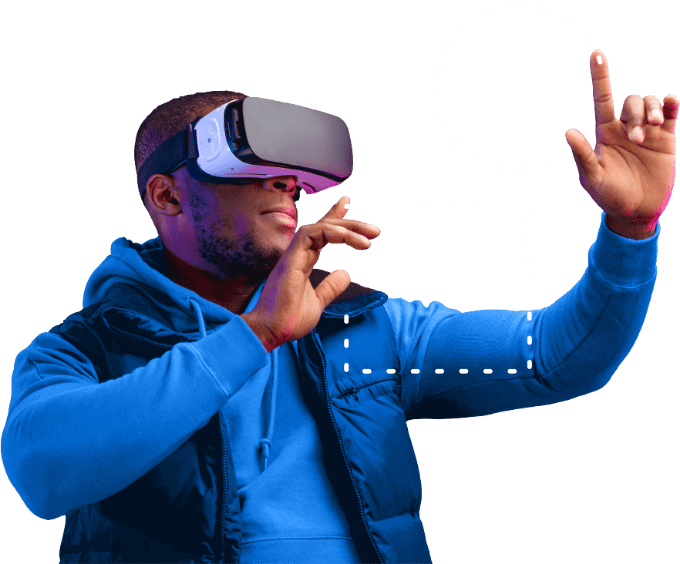Artificial intelligence is transforming healthcare and, for individuals with spinal cord injuries (SCIs), it is opening doors once thought permanently closed. From restoring movement and communication to enhancing rehabilitation and independence, AI is driving innovations that could improve quality of life and long-term outcomes.
It is thought that one of the most promising applications of AI is brain-computer interfaces (BCIs). These systems decode neural activity using machine learning algorithms and translate thoughts into commands for external devices.
Researchers at UC San Francisco have recently enabled a paralysed man to control a robotic arm using a BCI. He was able to grasp, move and drop objects just by imagining himself performing the actions. The BCI worked for a record seven months without needing to be adjusted, with such devices previously only working for a day or two. For someone with paralysis the ability to feed themselves or get a drink of water would be life-changing.
Personal injury practitioners have long been aware of powered exoskeletons which can help individuals with SCIs stand, walk, and perform daily tasks. AI integration is now making these devices more responsive, adaptive, and user-friendly. Modern exoskeletons can use AI to analyse terrain, optimize balance, and adjust gait patterns based on real-time feedback. Some systems are also now equipped with predictive algorithms that anticipate user movements, improving stability and reducing fatigue. There is an argument that this has made exoskeletons safer to use at home rather than just in clinical settings.
These advances in AI technology for SCI cases have the potential to influence personal injury claims for compensation. Devices like BCIs and AI-enhanced exoskeletons are often expensive and may require long-term maintenance, specialist oversight and future upgrades. However, their cost should be weighed against the overall cost of the care package. Any improvement in functionality and mobility which could be achieved through the use of these devices may significantly reduce both the level of care required and loss of earnings. As a result, there may be a commercial benefit to considering this technology.
With AI advancing so rapidly it would not come as a surprise if we start seeing pleaded claims for assistive technology that is not yet in existence but soon will be, even more so in cases involving young claimants. Should a 20-year-old injured today be able to benefit from technology that is 10–20 years away? Expert input may be more crucial than ever in these types of cases.
As artificial intelligence continues to impact various aspects of our everyday lives, it would not be surprising for traditional models of compensation to be challenged as courts and insurers adjust to this new landscape.
Katie Flatman - Associate Solicitor

The service you deliver is integral to the success of your business. With the right technology, we can help you to heighten your customer experience, improve underwriting performance, and streamline processes.